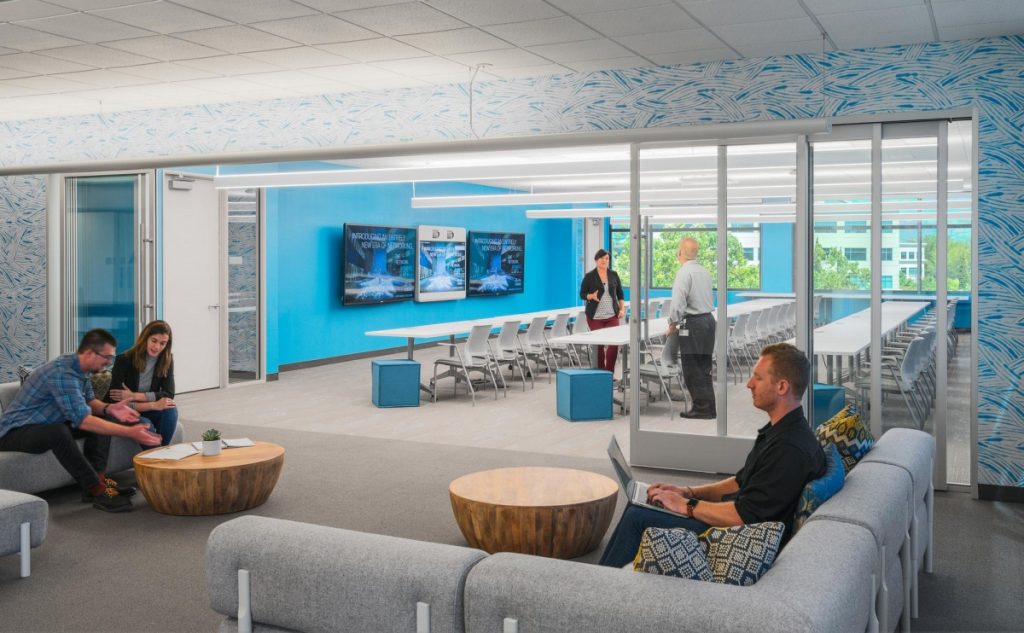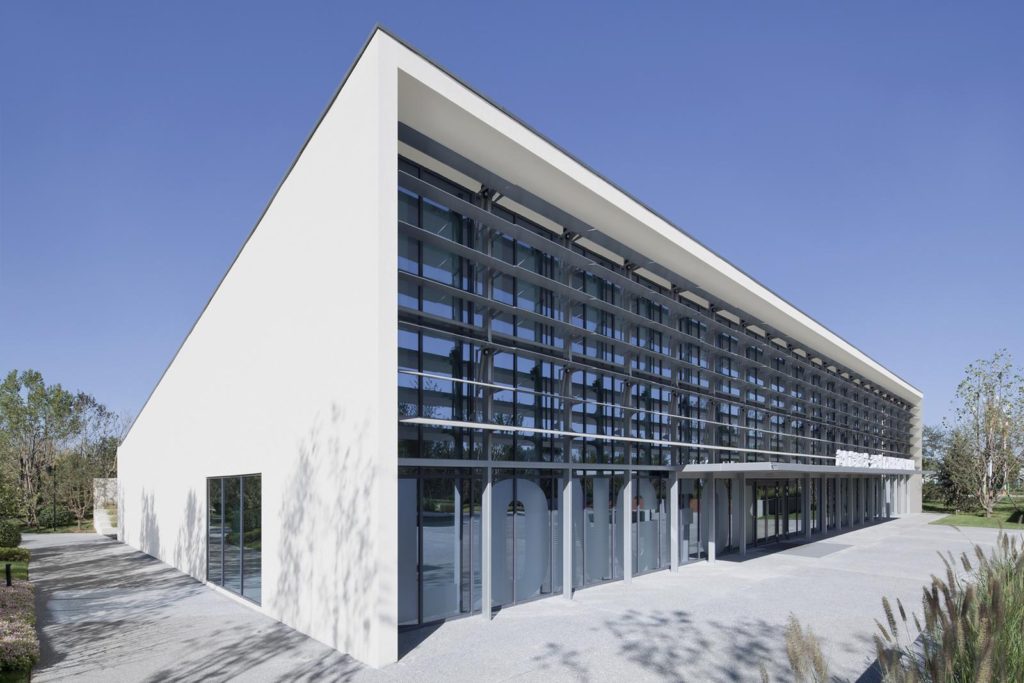In a world where sustainability is becoming increasingly important, the concept of eco-friendly construction has gained significant traction. Both homeowners and real estate developers are continuously seeking ways to incorporate sustainable practices into their projects. In this eco-friendly construction guide, we will explore the key principles, materials, and strategies to achieve a more sustainable built environment.

What is Eco-Friendly Construction?
Eco-friendly construction, also known as green building, refers to designing and creating structures with minimal impact on the environment. It focuses on energy efficiency, resource conservation, and reducing a building’s carbon footprint.
Importance of Eco-Friendly Construction
The significance of eco-friendly construction lies in its potential to mitigate climate change, reduce waste, and create healthier living spaces. Embracing sustainable practices not only benefits the planet but also enhances the quality of life for people residing in these environments.
Key Principles of Sustainable Building
Energy Efficiency
Energy efficiency is a cornerstone of eco-friendly construction. Implementing technologies such as solar panels, energy-efficient windows, and smart home systems can significantly reduce energy consumption.
Water Conservation
Efficient water usage is crucial. Installing low-flow plumbing fixtures and rainwater harvesting systems can help conserve water, a precious and limited resource.
Eco-Friendly Materials
Choosing sustainable materials is essential. Opt for materials like bamboo, recycled steel, and reclaimed wood that have minimal environmental impact.
Sustainable Design Strategies
Passive Solar Design
Utilizing the sun’s natural energy through thoughtful building orientation and window placement can enhance heating and cooling efficiency.
Landscaping for Sustainability
Incorporating native plants into landscaping reduces the need for irrigation and maintenance.
The Role of Technology in Eco-Friendly Construction
Smart Home Systems
Smart technologies enable efficient energy usage by automating and optimizing various home systems.
Building Information Modeling (BIM)
BIM allows for detailed planning and simulation, reducing waste during the construction process.
Challenges in Implementing Eco-Friendly Construction
Cost Considerations
Although initial costs may be higher, the long-term savings in energy bills and maintenance expenses can outweigh these costs.
Regulatory and Zoning Challenges
Navigating local building codes and regulations can be complex but is necessary for sustainable development.
Case Studies: Successful Eco-Friendly Projects
Project A: Green Homes Community
This community showcases the integration of sustainable materials, solar energy, and efficient design, resulting in net-zero homes.
Project B: Urban Green Office Building
Featuring a green roof, energy-efficient systems, and a design that maximizes natural light, this office building sets a standard for urban sustainability.
Future Trends in Eco-Friendly Construction
Innovations in Materials
Advancements in biodegradable materials and circular economy practices are paving the way for more resilient buildings.
Community-Centric Design
Future developments focus on creating spaces that foster community interaction and well-being.
How to Get Started with Eco-Friendly Construction
Planning Your Project
Begin by researching sustainable practices and consulting with experts in eco-friendly construction to tailor solutions to your needs.
For more guidance on sustainable building practices, visit U.S. Green Building Council. For additional tips and strategies, consider exploring resources on how to plan sustainably.
Conclusion
The journey toward sustainable living begins with making informed decisions about the construction and design of our homes and buildings. By embracing the guidelines laid out in this eco-friendly construction guide, you can contribute to a healthier planet while enjoying the benefits of a sustainable lifestyle. Whether you’re a homeowner or a real estate developer, the future is green, and it starts with the choices you make today.

FAQs
What are some eco-friendly building materials?
Common materials include bamboo, cork, recycled metal, and reclaimed wood.
How can homeowners benefit from eco-friendly construction?
Homeowners can enjoy reduced energy bills, improved indoor air quality, and higher property values.
Is eco-friendly construction more expensive?
While initial costs may be higher, the investment leads to long-term savings and environmental benefits.
This article contains affiliate links. We may earn a commission at no extra cost to you.




